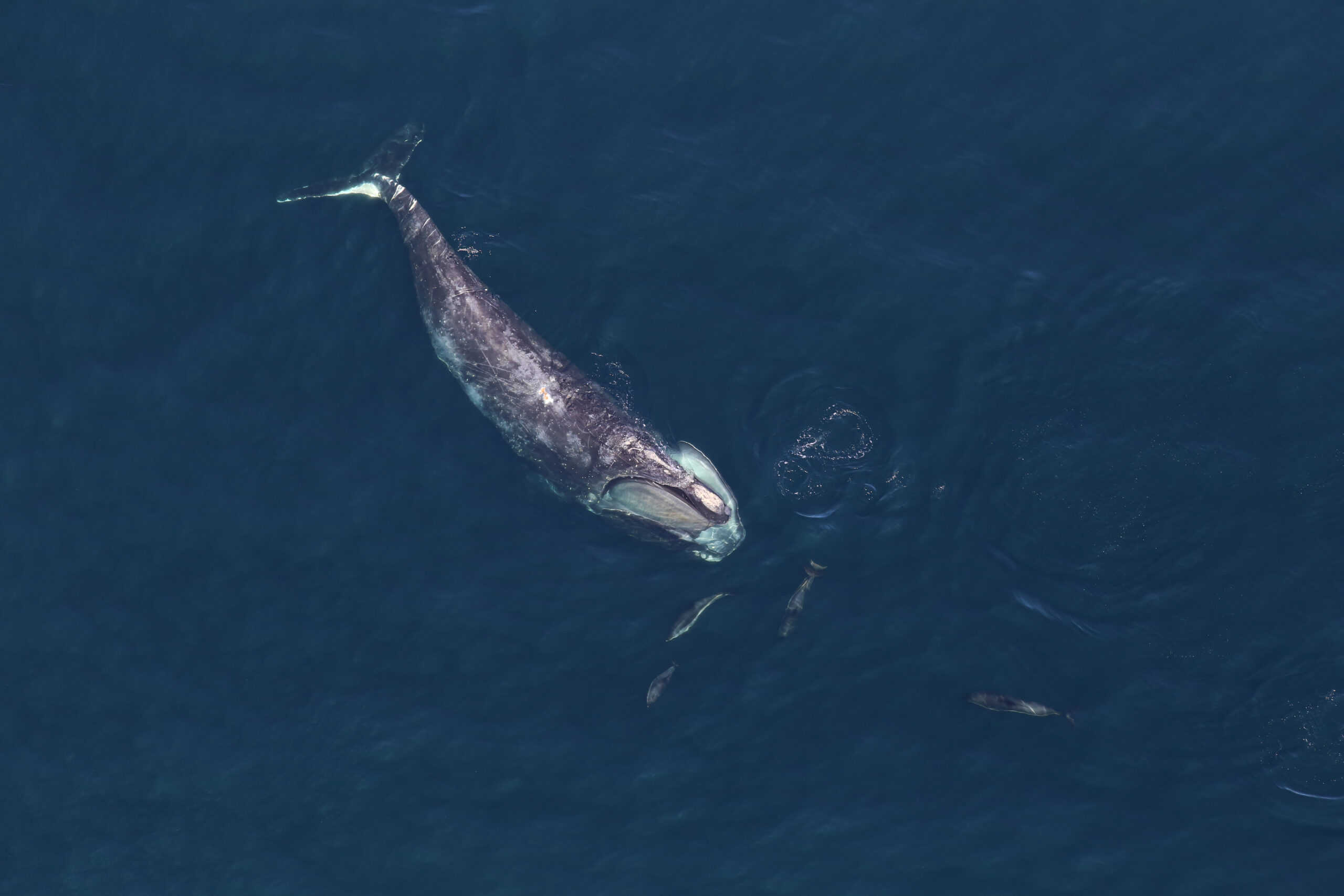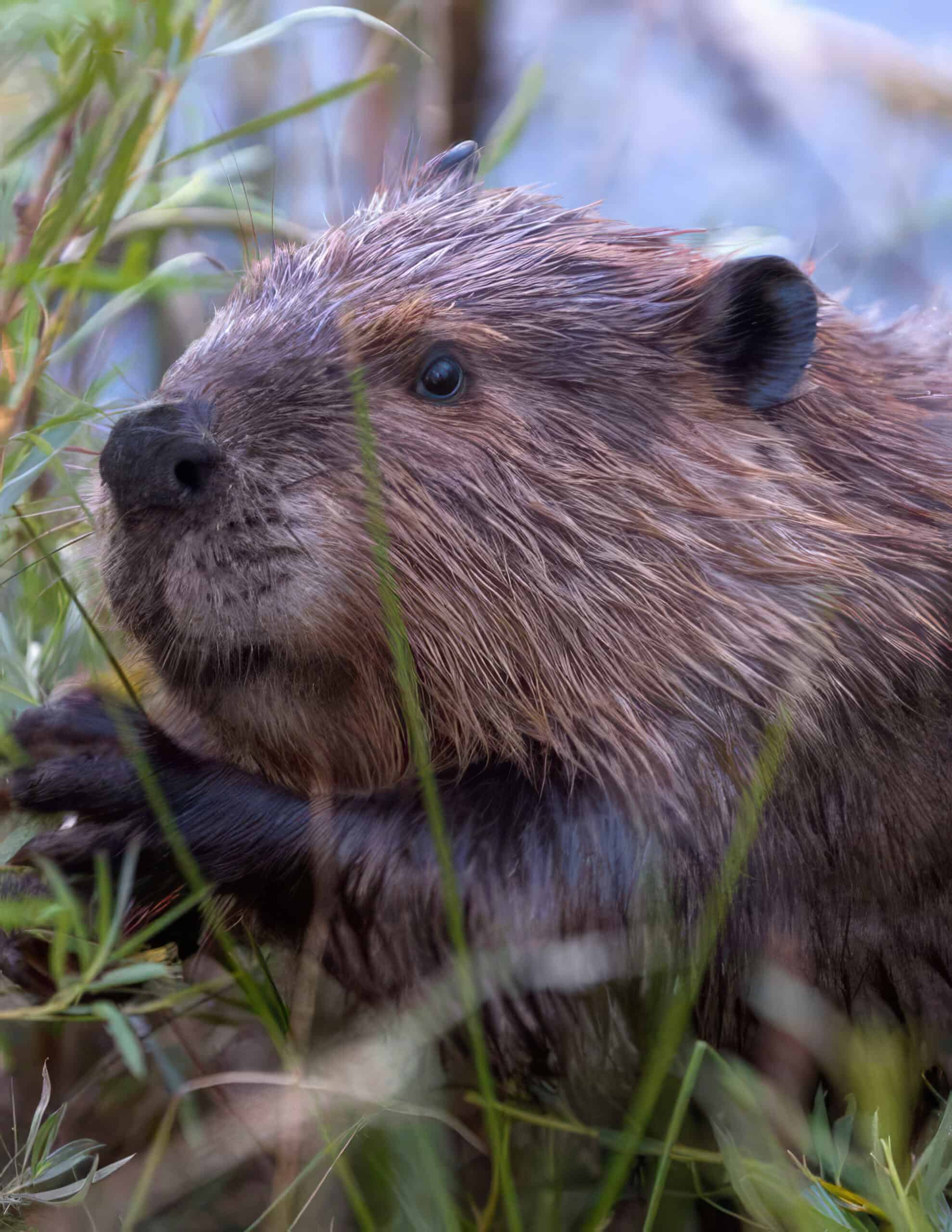Share this article
Bears that rub trees reproduce more
In bear country, it’s not uncommon to notice the evidence of a bear rubbing against a tree, even if you don’t catch it in the act. Claw marks may be etched in the bark. Hair may get left behind.
“With more people using camera traps and video cameras on camera traps, it became pretty obvious that this is a major behavior that bears do,” said Mark Boyce, a professor of ecology at the University of Alberta and a TWS member. Some video has even captured bears getting really into it, bouncing their behinds on the ground and rubbing their backs up and down.
Researchers took advantage of this behavior to help them collect bear hair samples and analyze their DNA. Past research used barbed wire and stinky bait to attract bears and collect hair from the wire in order to analyze DNA. Researchers could use that DNA to identify individuals and estimate abundance. But Boyce and his team wanted to collect DNA from hair samples left at these rub trees.
Boyce and his colleagues, including lead author Andrea Morehouse, who was his graduate student at the time, wondered if there was a fitness benefit to this behavior. “Everybody always wondered why bears do this rubbing thing,” he said. “You might just think they have an itch, and they’re scratching their backs.”
Luckily, in southwestern Alberta, researchers already had been collecting DNA data on grizzly bears (Ursus arctos horribilis) using these methods for some time. “So we built a pedigree because knew which bears were related to which bears and which were offspring,” he said.
In a study published in PLOS ONE, the team used this information to determine which individuals were showing up at various rub sites, but they also could tell other information about where those individuals showed up on the family tree.
They found that the grizzlies that rubbed more also had more reproductive success — more mates and more offspring. “There was a clear result that there was a fitness advantage to rubbing,” Boyce said. “One of the interesting things is that this occurs for both males and females.”
This likely has to do with scent marking, he said. It could be that the bears are communicating their condition, dominance or their sex. “If you’re a female with cubs, you might smell a male and want to bugger off and get out of there,” he said. “Alternatively, if you’re in heat, you might want to go find them.”
The results suggest that both male and female grizzlies with more vigor might rub more because they are better able reproduce. It isn’t clear what the mechanism is, Boyce said, but it is clear that they are using olfactory communication through these rubs.
The research reveals new findings about grizzlies’ natural history that people know little about. If rubbing behavior varies among bears, such variation might create a bias when using tree-rubbing data to estimate populations, Boyce said. “Knowing more about the behavior and what motivates it could help us better use that information for estimation of abundance,” he said.
Header Image: Researchers dove into the reasons why grizzly bears may rub on trees. Credit: Courtesy Mark Boyce








